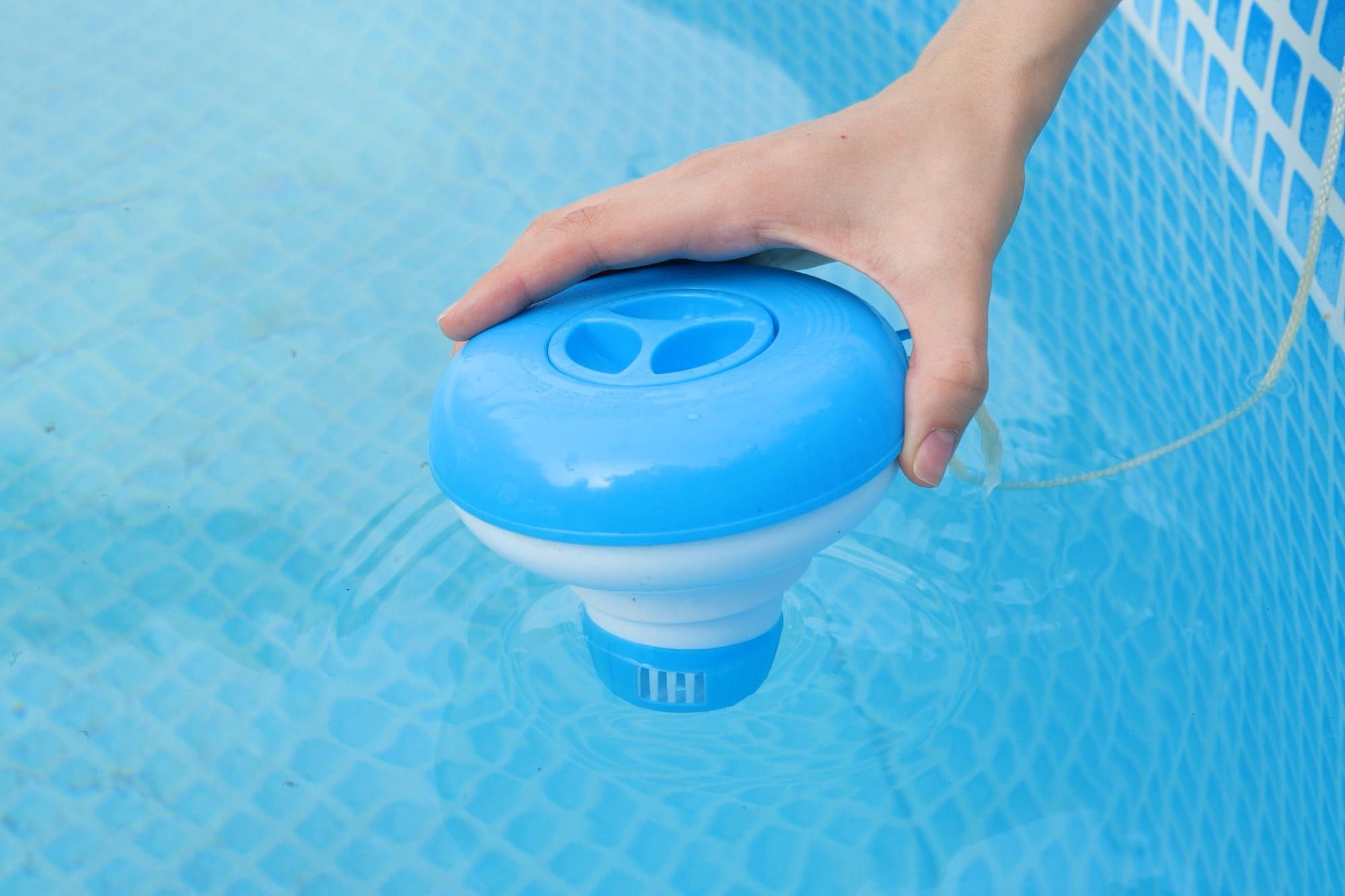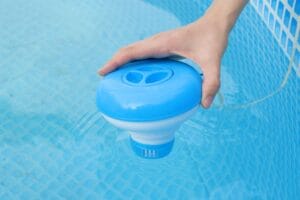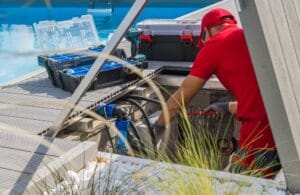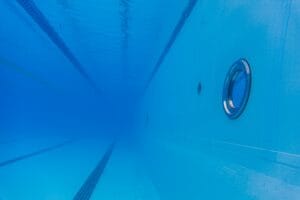Salt chlorinators keep pools clean through a process called electrolysis, which converts salt dissolved in the pool water into chlorine. This chlorine disinfects the water, keeping it free from harmful bacteria, viruses, and algae. Here’s the science behind it:
Step-by-Step Process of How Salt Chlorinators Work
1. Adding Salt to the Pool:
• Salt (sodium chloride, NaCl) is added directly to the pool water at a concentration of around 3,000–4,000 parts per million (ppm)—similar to the salt level in human tears.
2. Circulating Water Through the Salt Cell:
• The pool pump circulates water through the electrolytic cell in the chlorinator.
• The cell contains titanium electrodes coated with a conductive material like Mixed Metal Oxide (MMO).
3. Electrolysis in the Salt Cell:
• When an electric current is passed through the electrodes:
• At the Anode (+): Chloride ions (Cl⁻) from the dissolved salt lose electrons and form chlorine gas (Cl₂).
• At the Cathode (-): Hydrogen gas (H₂) and hydroxide ions (OH⁻) are produced from water (H₂O).
• The overall reaction splits the salt and water into chlorine gas and byproducts.
4. Chlorine Dissolves in Water:
• The chlorine gas dissolves in the pool water, forming hypochlorous acid (HOCl) and hypochlorite ions (OCl⁻):
• HOCl is the active sanitizer, killing bacteria, algae, and viruses.
• The balance between HOCl and OCl⁻ depends on the pool’s pH level.
5. Sanitization:
• Hypochlorous acid (HOCl) oxidizes contaminants in the pool, breaking down organic material and destroying harmful microorganisms.
• After the chlorine reacts, it turns back into salt, allowing the cycle to continue.
How Salt Chlorinators Maintain Clean Water
1. Continuous Chlorine Production:
• Unlike traditional chlorine systems where you manually add chlorine, salt chlorinators automatically generate chlorine, ensuring consistent sanitization.
2. Self-Cleaning Feature (Optional):
• Many modern salt chlorinators include a polarity-reversing feature to prevent calcium scale buildup on the electrodes, maintaining efficiency and reducing maintenance.
3. Reduction of Harmful Byproducts:
• Salt chlorinators minimize the production of chloramines (byproducts that cause strong chlorine odors and skin irritation) by maintaining steady chlorine levels.
4. Eco-Friendly Cycle:
• Salt is not consumed in the process—it is continuously recycled. This reduces the need for additional chemicals, making it an eco-friendly option.
Advantages of Salt Chlorinators
• Gentler on Skin and Eyes: Lower chloramine levels result in a more comfortable swimming experience.
• Lower Maintenance: Chlorine is generated automatically, reducing the need for manual dosing.
• Cost-Effective Over Time: While the initial investment in a salt chlorinator is higher, long-term costs for chlorine supplies are reduced.
Key Considerations for Effectiveness
• Salt Levels: The pool must maintain the correct salt concentration (typically 3,000–4,000 ppm) for the chlorinator to work effectively.
• pH Levels: Optimal pH (7.2–7.6) ensures that hypochlorous acid is active and effective as a sanitizer.
• Maintenance: Regular cleaning of the salt cell and monitoring of the system ensures consistent performance.
Salt chlorinators are an innovative and effective way to maintain clean, healthy pools with minimal effort. Would you like additional information on choosing the right chlorinator or maintaining one?







